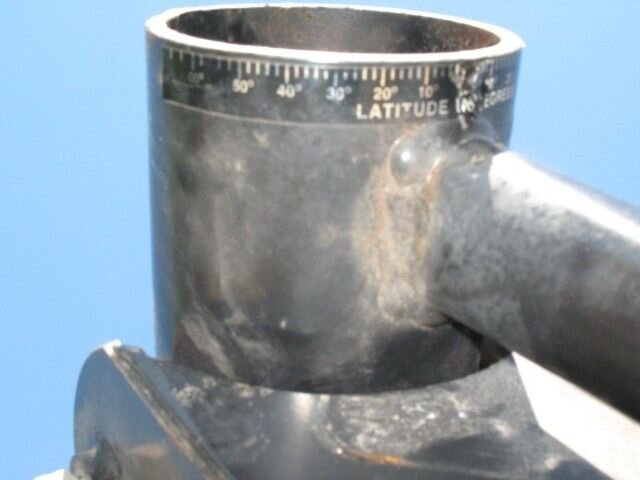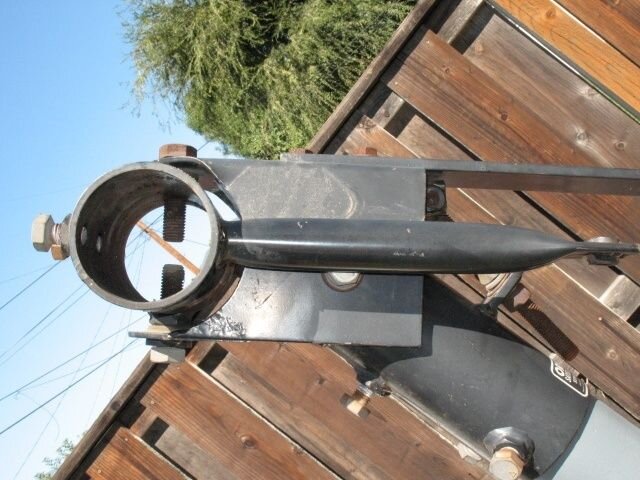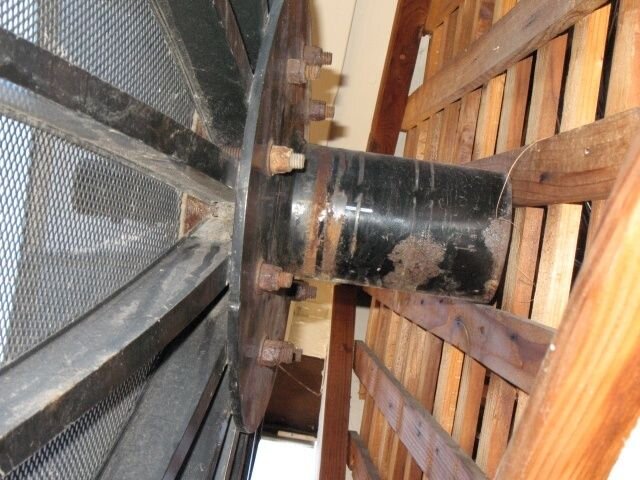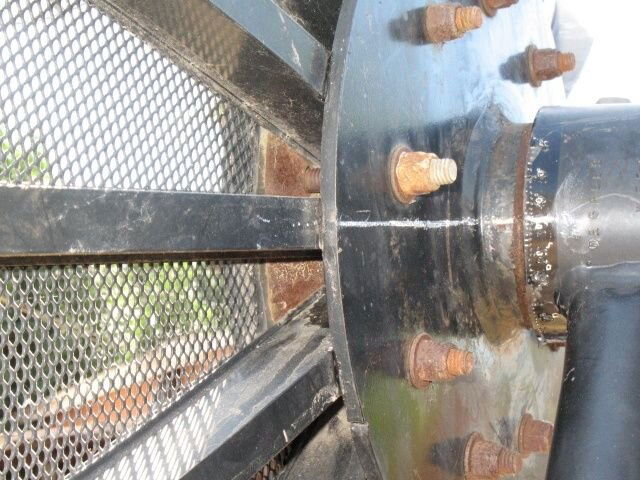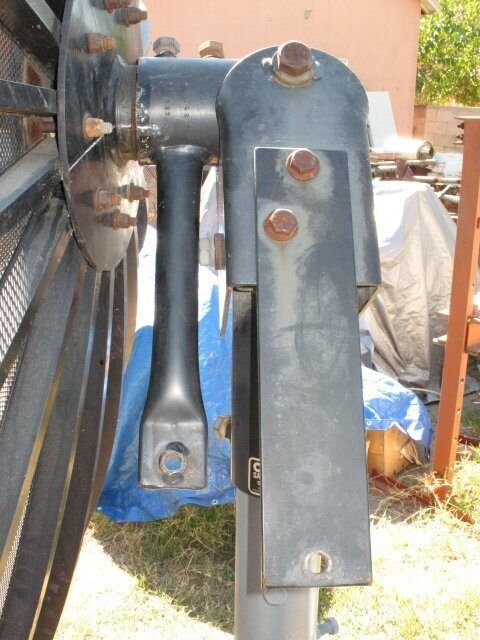I got a orbitron sx 10 dish thats in pretty good shape. It has the "splinclination" on it. however the scale is missing, and while taking apart the mount, I accidentally moved the declination off a few degrees.
Can I just peak the dish on a few sats with the elevation, then adjust the declination by rotating the dish, peaking it on a few sats?
It's not easy to peak by just rotating the dish, because rotating the dish doesn't only change the declination, it also changes the polarization and also changes the longitude along the arc that the dish is aimed at. So the only way to peak by rotating the dish is to make a change, then, after each change, peak via the motor along the arc and also peak the polarization. Also, if the elevation was peaked before rotating the dish, then you'd also need to make sure that your elevation is correct to. If you are forced to try adjusting declination in the blind on this mount, it is very complicated. This is one of several reasons that my Orbitron just made it's final trip to the town's (actually next town over that we're contracting) metal yard/dump.
It's much better to try to set your declination and then never touch it again.
I assume that there isn't any scale. If you have the dish off the mount, looking at it from behind, try to determine the point on the bent pipe coming out the back of the dish where the hub is pointing down, not left or right. You might be able to determine this by measuring from the hub to the edge of the dish or to the edge of the circular center ring or something like that. It would be the point where that measurement is smallest.
If the dish is on the mount, if it is not obvious, you might be able to determine that position since it will be when the dish is lowest, so the bottom edge of the dish will be closest to the ground (when the mount is turned to true south, ie at it's highest point via motor). Once you locate this point, put a mark there, along the bottom of the pipe, close to where the pipe joins the circular plate.
On the hub on the mount that this pipe goes into, at it's lowest point, ie 6 oclock position. This mark will correspond to a declination of 8 degrees (neg). Also put a mark to the west (assuming in east) side of that hub 90 deg away from the other mark, ie at the 9 oclock position looking from the front of the dish. This will correspond to zero degrees declination. Now, you need to interpolate between these two marks to create a scale from 0 to 8 deg. What I did, was to use some stick on tape ruler material, figure out the total distance around that quarter section of the hub, and divide that by 8, and made my own scale showing declination degrees on the hub.
Once I had that scale, I just rotated the dish, so that the mark on the dish pipe lined up with the appropriate declination angle on the scale that I had created. I then never touched this declination adjustment for over a decade, when I accidently rotated the dish while trying to manhandle the whole mount on the pole, found that my original marks on the pipe were no longer there, and I was having a hard time telling where the low point of the dish rotation was, and on trying to adjust declination, I got it all out of adjustment.
For some reason, when the dish was new, it was pretty obvious which point on the angled pipe was the low end, but when the thing was all rusty, and the dish was a bit warped, it wasn't easy to tell. I finally put a pipe through the hole in the circular plate, and attached that to the center throat of my feedhorn, and this pipe stuck out the back behind the dish, so I could put my digital level on it to determine the actual aim of the dish. Ie, if the rotation axis of the mount has previously been adjusted, then if you adjust this angle to the actual elevation of your true south sat, then this will set your declination.
Also, if you can get a small angle meter and place it on the circular plate, between the pipe and the circular group of bolts, and have that angle meter vertical, you can measure 90 minus the elevation of your true south sat, however while that seemed to work for me when the dish was new, over the years, that back plate was no longer flat, so the angle meter no longer sat flat.
Anyway, when I first got my spinclination, some 14 years ago, I thought it was great, because once I got that home made scale on there, it was the most accurate way of setting declination possible. However after the marks that aligned to that scale went away, I came to really hate that spinclination thing.
Part of my "hate" of the mount though, was the fact that my aging mind couldn't get a handle on the darn thing anymore, particularly when I started thinking about the fact that when the mount itself is at it's highest point, ie normally at it's true south position, the dish itself won't be aiming south, but instead will be aiming some angle about 8 minus your declination to the west of true south, so I had a hard time deciding upon whether I should be acually rotating the mount past it's true south position, and using that as the point for positioning the scale on the hub. I'm still having a hard time wrapping my mind around that question.
Anyway, I'm sure I probably confused you more than you were already confused, but hopefully I may have given you a few ideas of how to approach the problem. I've tried all of the approaches described at one time or another.




